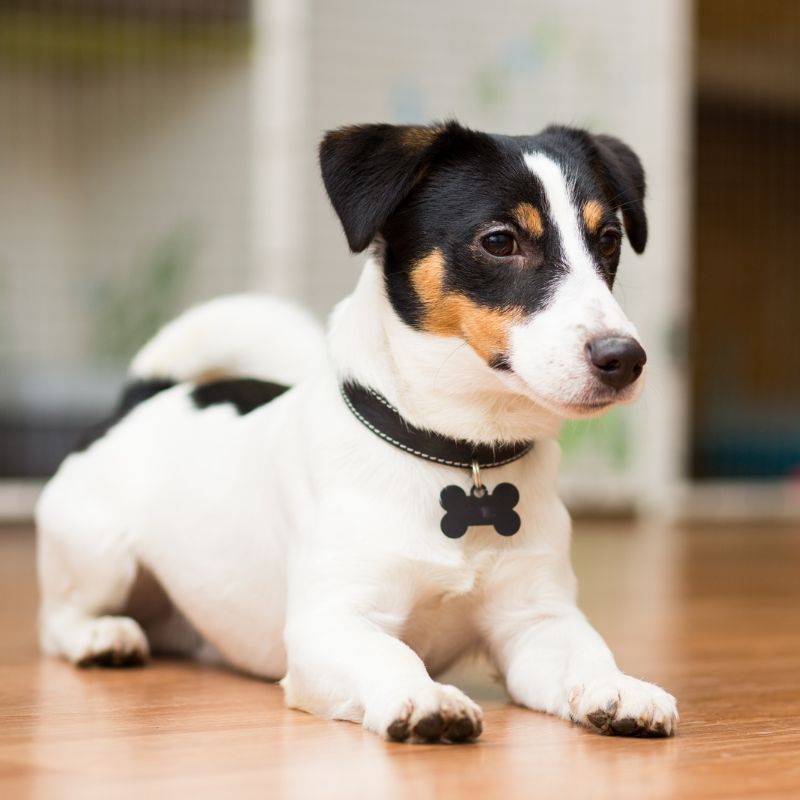Pet Laparoscopic Gastropexy
Keeping your pet healthy entails addressing possible health issues before they become significant problems. Niguel Animal Care Center in Laguna Niguel, CA provides a specialist service known as Pet Laparoscopic Gastropexy.
Understanding Pet Laparoscopic Gastropexy
Pet Laparoscopic Gastropexy is a surgical intervention designed to avert gastric torsion—a severe condition where a pet’s stomach twists on itself. This procedure is minimally invasive, involving the secure attachment of the stomach to the abdominal wall to prevent torsion. The primary benefit lies in its capacity to proactively prevent gastric torsion, which is vital for large and deep-chested breeds prone to this life-threatening complication.
Employing small incisions and a laparoscope, this technique ensures a swifter recovery and reduced post-operative discomfort compared to traditional methods. Pet Laparoscopic Gastropexy is often recommended during spaying or neutering as a preventive measure. For pet owners with concerns about their pet’s susceptibility to gastric issues, consultation with our veterinary professionals can determine the suitability of this proactive procedure.
The Benefits of Pet Laparoscopic Gastropexy
Preventing Gastric Torsion
The principal benefit of this surgery is its capacity to prevent stomach torsion, a potentially fatal ailment, particularly in large and deep-chested breeds. Pet Laparoscopic Gastropexy dramatically minimizes the danger of torsion by anchoring the stomach in place, providing pet owners with piece of mind.
Minimally Invasive Approach
Small incisions and a laparoscope are used to execute Pet Laparoscopic Gastropexy, resulting in a less invasive operation as compared to older procedures. This method results in a faster recovery for your pet and less post-operative discomfort.
When to Consider Pet Laparoscopic Gastropexy
Pet Laparoscopic Gastropexy is useful for breeds prone to stomach torsion, such as Great Danes and Doberman Pinschers. While it is typically done as a prophylactic measure when spaying or neutering, it can also be considered for older pets or those predisposed to stomach disorders. Consultation with one of our veterinary professionals will aid in determining the best course of action based on your pet’s specific requirements.

